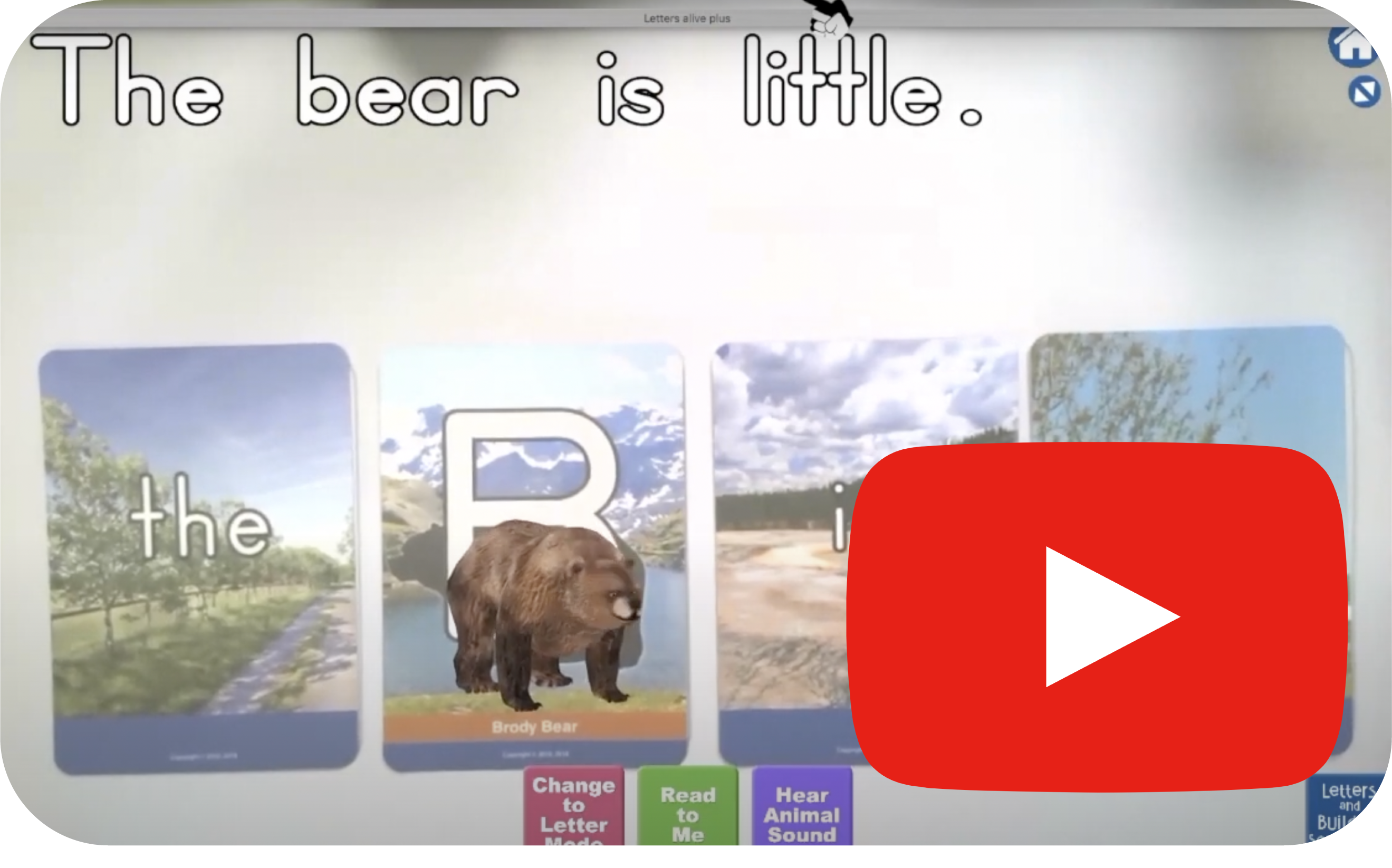“Knowing the needs of my students and labeling the components of the Science of Reading has helped me realize I’ve been successfully doing most of these things in my classroom, yet I am always learning!”
7-minute read | 2 videos
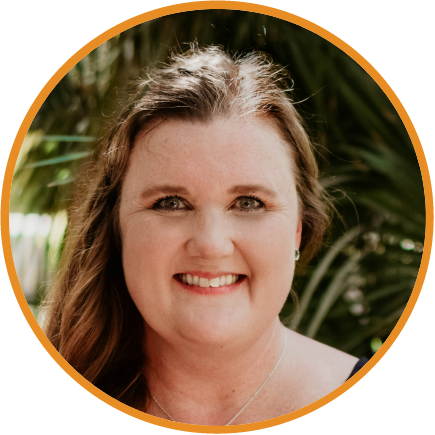
Stephanie Dowlearn
Educational Consultant and Kindergarten Teacher
Anyone who knows anything about teaching children to read can tell you something about the Science of Reading. They can share a fact about the years of research dedicated to improving reading instruction or how a quip from state-mandated coursework reminded them of that Educational Psychology class back in college.
No matter what is being said, the Science of Reading is not just a fad or a buzzword of the year; it’s a solid foundation of research that began hundreds of years ago by pioneers in education who knew the importance of understanding how children learn to read, and it is still significant today.
The Pressure to Read is On!
So why do so many teachers feel overwhelmed when the subject of the Science of Reading pops up in conversations? Could it be that many teachers feel the pressure to learn, understand and put into use the body of research sweeping the nation while fitting in the numerous requirements already mandated?
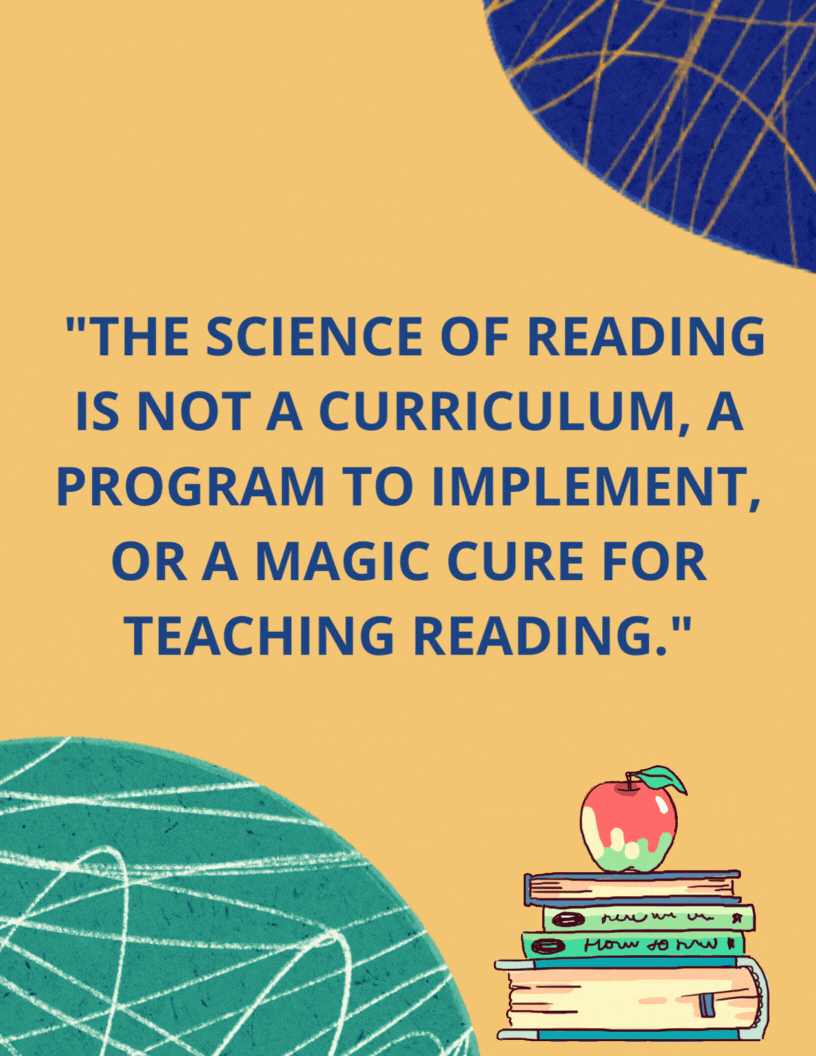 Or, is it that over the course of their career, they have been told phonics is best, only to learn the next year that the whole language approach is better? And don’t forget balanced literacy! One thing is for sure; there are studies to back each method, and they are creating madness in the minds of teachers!
Or, is it that over the course of their career, they have been told phonics is best, only to learn the next year that the whole language approach is better? And don’t forget balanced literacy! One thing is for sure; there are studies to back each method, and they are creating madness in the minds of teachers!
Recognizing SOR for What it is
What can be done to quell the angst? The first step is to understand that the Science of Reading is not a curriculum, a program to implement, or a magic cure for teaching reading. It is a body of research fueled by the desire to understand the best ways to teach reading.
Throughout history, many reading wars have been waged over which technique is best, and the victims are the students left to learn at the victor’s mercy. In today’s classroom, teachers who acknowledge the science behind how humans learn to read and use it to guide their instruction, regardless of the curriculum in place will reap the spoils!
Teachers have a huge weight on their shoulders, and having a strong understanding of the Science of Reading can ease the burden.
Google the Science of Reading, or drop a question into ChatGPT, and you will quickly have an overwhelming amount of information at your fingertips! As an educator, I’m fascinated by the research and would likely devour the content if I had time, but as a teacher, wife, and mom, I need the meat and potatoes version.
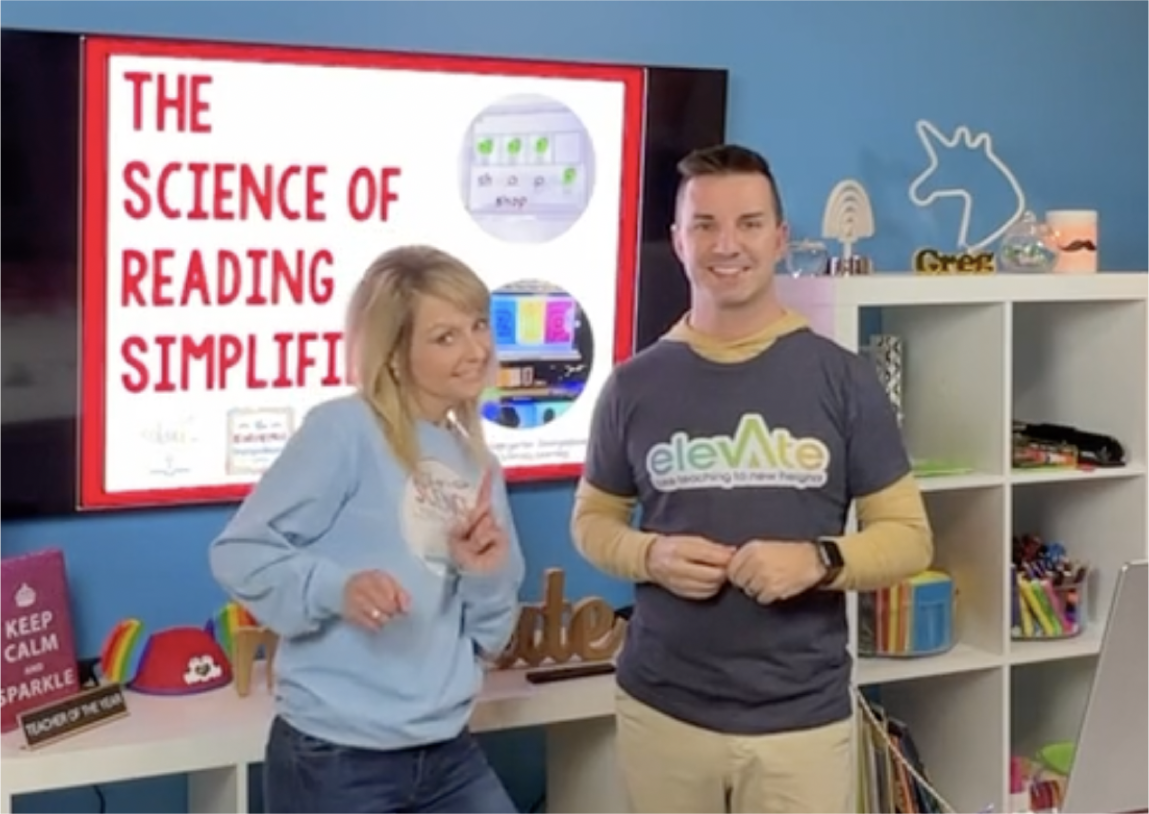 I recently watched a great webinar called The Science of Reading Simplified, hosted by Mr. Greg from TKS and Holly Ehle from TRT. They are real classroom teachers who shared easy and effective ways to incorporate SOR aligned activities into daily instruction. It’s FREE, so be sure to check it out!
I recently watched a great webinar called The Science of Reading Simplified, hosted by Mr. Greg from TKS and Holly Ehle from TRT. They are real classroom teachers who shared easy and effective ways to incorporate SOR aligned activities into daily instruction. It’s FREE, so be sure to check it out!
To break it down, the Science of Reading focuses on five key components: Phonemic Awareness, Phonics, Fluency, Vocabulary, and Comprehension. These five components are woven together, each dependent on the other to build strong readers.
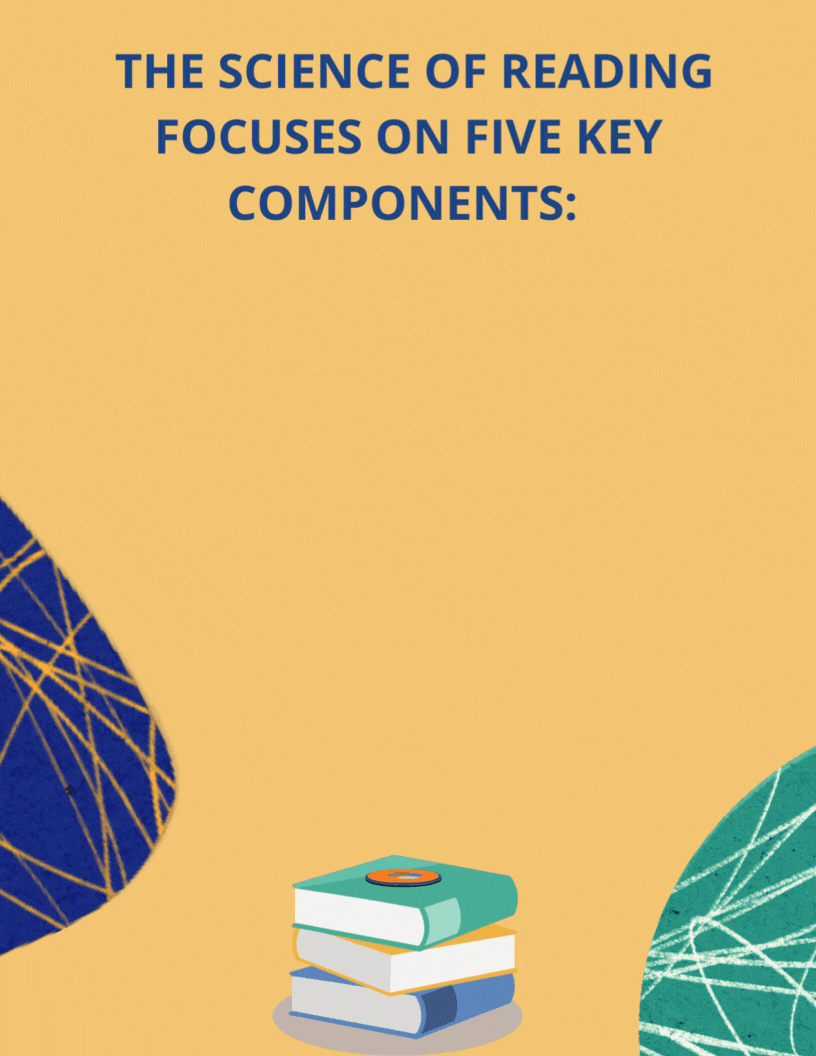 1. Phonemic Awareness
1. Phonemic Awareness
Phonemic awareness is the more sophisticated relative of phonological awareness. Instead of just the ability to hear, recognize, and play with the sounds in spoken language, a child with good phonemic awareness can hear, recognize, and play with the individual sounds in spoken words.
These individual sounds are called phonemes, and discerning these in spoken word is a step toward becoming a reader. Phonemic awareness implies that all kids are or become aware in their own time, but it is a skill that must be explicitly taught in the classroom.
Rhyming, segmenting, blending, isolating, and manipulating phonemes are excellent activities for developing phonemic awareness in early learners. A few of my favorite resources in the classroom were Reading Rockets, Heggerty, and the Florida Center for Reading Research.
 2. Phonics
2. Phonics
Phonics is the understanding that symbols or letters represent specific sounds and that those sounds can be combined to form readable words. Phonics is a necessary skill to sound out and blend words so students can read them when they see them.
Children with strong phonics skills can connect the sounds they hear in spoken words to the letters that make them up. This is crucial for decoding and spelling words, as it helps children to make sense of the letters on the page and turn them into words they can understand.
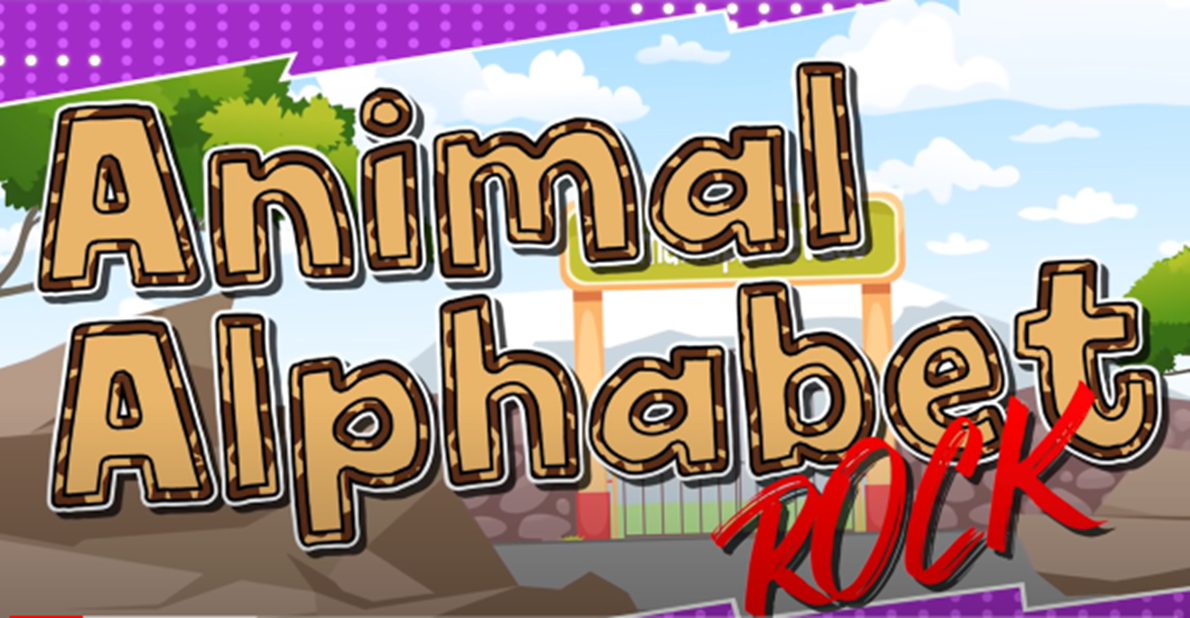 To help build phonics knowledge, teachers can use numerous strategies and engaging activities. Some of my favorite resources for phonics in the classroom were Jack Hartmann, Frog Street, Handwriting Without Tears, and Letters alive!
To help build phonics knowledge, teachers can use numerous strategies and engaging activities. Some of my favorite resources for phonics in the classroom were Jack Hartmann, Frog Street, Handwriting Without Tears, and Letters alive!
3. Fluency
Fluency is reading smoothly and accurately, an important predictor of reading comprehension. Children who struggle with fluency may have difficulty understanding what they read because they focus on decoding the words rather than comprehending the text.
To improve fluency, teachers can use repeated readings of familiar texts, choral reading, and other strategies to help children practice reading with expression and accuracy. My kindergartners loved using Epic to listen and read along with the stories.
4. Vocabulary
Vocabulary refers to the words we know, understand, and use to communicate effectively. It is another essential component of reading comprehension. Children with a larger vocabulary are more likely to understand what they read and hear and use more words correctly in their speaking and writing.
To build vocabulary, teachers can use various strategies such as introducing new words through shared reading and read-alouds, providing opportunities for children to use new words in their writing and speaking, and using visual aids to help children learn new words.
It is also important for teachers to provide explicit instruction in word meaning and encourage children to use context clues and ask questions when they encounter unfamiliar words. I introduced new vocabulary with every unit, and my students loved Reading and Writing the Room activities. WordWorld and WordGirl on PBS Kids were favorites to watch during snack time!
Integrating science into literacy activities is another great way to build vocabulary.
Using the Letters alive building sentences feature, I was able to spur many interesting and lively discussions in my classroom! Cross-curricular resources enable students to develop great background knowledge that benefits them as they learn to read!
5. Comprehension
Comprehension is the ability to draw information from a text and make meaning of it. In the Science of Reading, comprehension is the end goal, not necessarily something focused on until students become skilled at decoding.
The science shows that asking a child to decode and answer questions about the plot, setting, characters, problems, and solutions can can tax an emergent reader. Of course, comprehension is important, and as children grow as readers, teachers can address comprehension skills through read-aloud, class discussions, and audiobooks.
When the difficult decoding layer is removed from the story, reluctant readers are more apt to participate, ultimately building their reading confidence. So take the time to read to your class and ask questions along the way!
Trust the Science
Throughout my 25 years as an educator, I’ve gathered knowledge from many sources, including professors, colleagues, researchers, bloggers, authors, and, most importantly, my students.
Knowing the needs of my students and labeling the components of the Science of Reading has helped me realize I’ve been successfully doing most of these things in my classroom, yet I am always learning! You are too! Embrace the science, use your resources, and put it into practice!
=====
If you’re looking for fun and easy ways to implement the Science of Reading and to support your curriculum, send us a message below:


